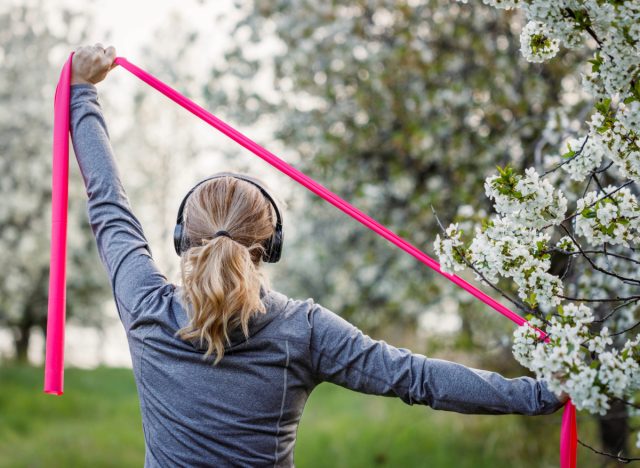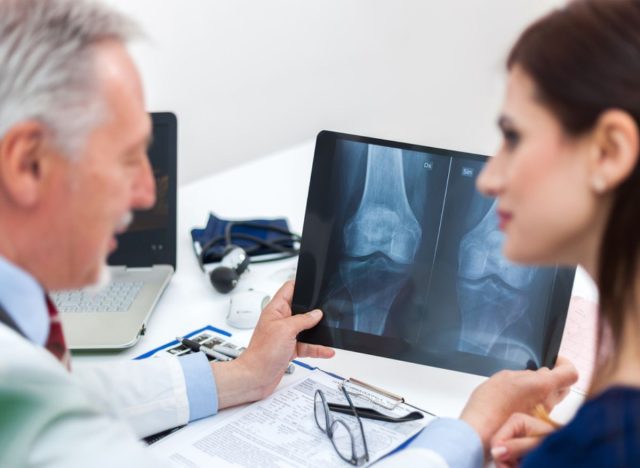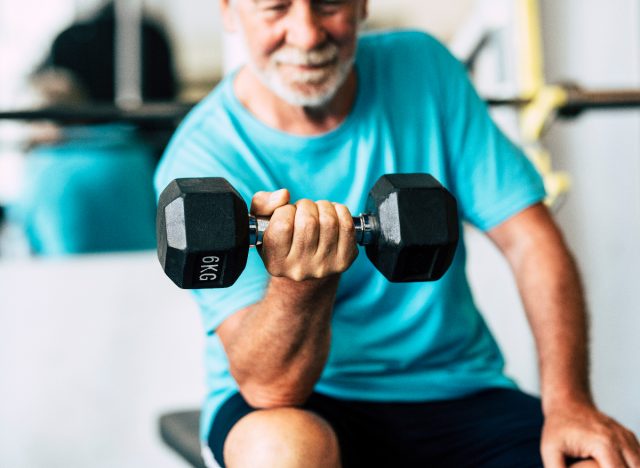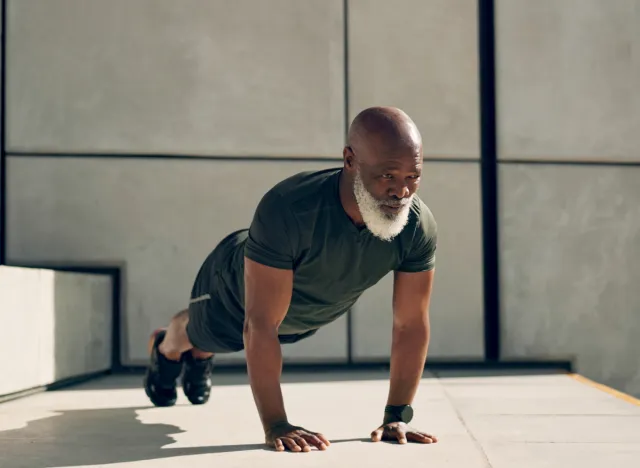How Often Should You Work Out for Stronger Bones?

Maintaining strong bones is crucial for a healthy, active life, especially as you age. Exercise plays a significant role in building and preserving bone density, which can help prevent osteoporosis—a condition characterized by weak and brittle bones. Whether in your 20s or 60s, incorporating regular physical activity into your routine is one of the best ways to keep your bones robust. In this article, we'll explore the importance of exercise for bone strength, delve into some eye-opening statistics about osteoporosis, and guide you on how often you should work out for stronger bones.
Exercise is essential for bone health because it stimulates the cells responsible for building bones. Weight-bearing and resistance exercises, in particular, are highly effective at increasing bone density and strength. These activities force your body to work against gravity, prompting your bones to adapt and grow stronger. This is particularly important as you age since your natural bone mass tends to decrease. Regular exercise can help counteract this decline, ensuring that your bones remain as strong as possible for as long as possible.
Osteoporosis is a common concern, especially among older adults. According to the Bone Health & Osteoporosis Foundation, an estimated 10 million Americans suffer from osteoporosis, and 44 million experience low bone density. As bone mass decreases with age, the risk of fractures increases, making it vital to take preventive measures early on. Understanding how often and what type of exercise to engage in can make a significant difference in maintaining bone health and reducing the risk of osteoporosis.
The Importance of Exercise for Bone Strength

Exercise isn't just about building muscle or improving cardiovascular health; it's also crucial for maintaining and improving bone density.
The best exercises for bone health are those that apply a form of resistance to the bones, such as weight-bearing exercises (like walking, jogging, and climbing stairs) and resistance training (like lifting weights). These exercises create small amounts of stress on the bones, prompting bone-forming cells to become more active and build denser, stronger bones. Incorporating these activities into your fitness routine can help ensure your bones remain strong and less susceptible to fractures.
Osteoporosis Statistics and Risks

Osteoporosis is a significant health concern that affects millions of people across the globe. According to the Johns Hopkins Arthritis Center, your bone mass peaks once you enter your early 30s. Osteoporosis and low bone mass are particularly prevalent among older adults, with 30% of Caucasian postmenopausal women dealing with osteoporosis and 54% with osteopenia.
This natural bone loss accelerates after menopause in women due to the drop in estrogen levels, which plays a crucial role in maintaining bone density. As bone mass decreases with age, the risk of fractures increases, particularly in critical areas like the hip, spine, and wrist.
These statistics underscore the importance of proactive measures, such as regular exercise, to maintain bone strength and mitigate the risk of osteoporosis. Addressing this condition early through lifestyle changes, including diet and exercise, is vital to reducing the risk of severe bone loss and fractures in later life. Regular screenings and early interventions can significantly impact the quality of life for those at risk.
How Often Should You Work Out for Stronger Bones?

Engaging in weight-bearing and resistance exercises most days of the week is recommended to optimize bone health. Aim for at least 30 minutes of weight-bearing activity, such as walking, jogging, or dancing, four or more days per week. These activities help stimulate bone formation and slow down bone loss.
Additionally, incorporate resistance training exercises, like lifting weights or using resistance bands, two to three times per week. These sessions should target all major muscle groups, including the legs, arms, back, and core, to ensure balanced bone strengthening throughout the body. For beginners, starting with lighter weights and gradually increasing the resistance as your strength improves is key to avoiding injury and promoting steady bone health gains.
It's important to include exercises enhancing balance and coordination, such as yoga or focused balance exercises, to reduce the risk of falls, which can lead to fractures. Consistency is key; making these exercises a regular part of your routine is essential for long-term bone health.
Adapting Your Routine as You Age

As you age, it's essential to adapt your exercise routine to fit your changing needs. While high-impact activities might be suitable when you're younger, low-impact exercises such as swimming, cycling, or yoga can become more appropriate as you age. These exercises still provide significant benefits for bone health while reducing the risk of injury.
Swimming and cycling are excellent for cardiovascular health and muscle strength without putting excessive stress on the joints. Yoga and tai chi improve strength and enhance flexibility and balance, which are crucial for preventing falls.
Consistency is crucial; the more regularly you engage in bone-strengthening activities, the better your chances of maintaining strong bones well into your senior years. Listening to your body and adjusting your exercise intensity and types of activities as needed can help you stay active and healthy without overexerting yourself.
It's also beneficial to consult with a healthcare provider or a fitness professional to design a program that suits your health status and fitness goals.
Final Thoughts

Maintaining strong bones through regular exercise is a lifelong commitment that pays off significantly as you age. Understanding the importance of weight-bearing and resistance exercises and incorporating them into your routine can help prevent osteoporosis and keep your bones healthy.
Remember, there is always time to start; even moderate increases in physical activity can substantially benefit bone health. So lace up those sneakers, grab those weights, and commit to a stronger, healthier you—your bones will thank you!
- Source: https://www.ncbi.nlm.nih.gov/books/NBK441901/
- Source: https://www.ncbi.nlm.nih.gov/pmc/articles/PMC6279907/
- Source: https://www.ncbi.nlm.nih.gov/pmc/articles/PMC3383520/
- Source: https://www.hopkinsarthritis.org/arthritis-info/osteoporosis-info/
- Source: https://www.endocrine.org/patient-engagement/endocrine-library/menopause-and-bone-loss
- Source: https://www.niams.nih.gov/health-topics/osteoporosis









